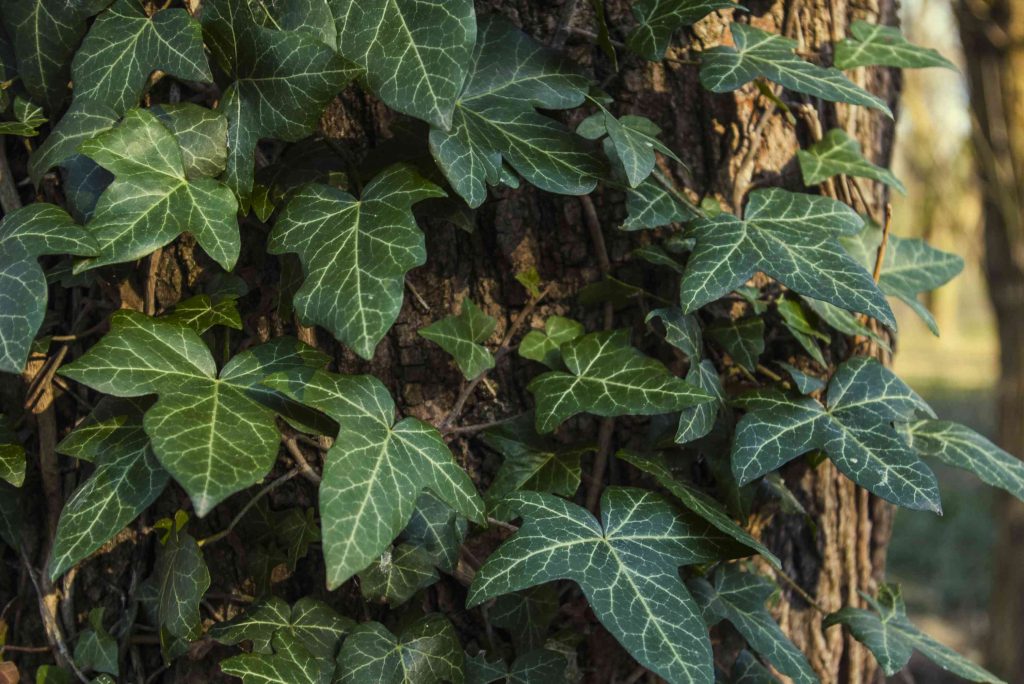Before we begin, let’s delve into understanding what Ivy plants are.
Ivy plants can be broadly defined as a group of leafy plants that grow as vines, often climbing up structures or spreading as ground cover.
Known for their rapid growth, ivies are versatile and adapt well to both indoor and outdoor environments, making them a popular choice for home décor and garden landscaping.
There is a wide variety of ivy plants, including those that climb walls, embellish trellises, cover arbors, or adapt to various environments.
Indoors, ivies provide lush green trailing foliage, enhancing the aesthetic appeal of any room.
Among the most popular outdoor ivy plants are English Ivy, Algerian Ivy, Irish Ivy, Japanese Ivy Vine, Himalayan Ivy, and Persian Ivy.
These outdoor ivy plants thrive in various climatic conditions and can also be potted for indoor decoration.
Indoor favorites include Duckfoot, Buttercup, Shamrock, and Manda’s Crested Ivy.
In this article, we’ll explore different types of ivy plants, both for indoor and outdoor settings, and provide tips on how to care for them.
Ivy Identification
A key identifying feature of ivy plants is their diverse foliage.
Generally, ivies have lobed leaves that grow alternately along climbing or trailing vines.
The leaves’ size, shape, and color vary depending on the variety.
Belonging to the botanical genus Hedera, these evergreen plants are native to various regions in Europe, Africa, and Asia, often taking their names from their native lands.
Let’s look at some of the best ivy plants for growing indoors and as outdoor ivy plants, complete with pictures for easy identification.
Different Types of Ivy Plants for Indoors and Outdoors
1. English Ivy Plant
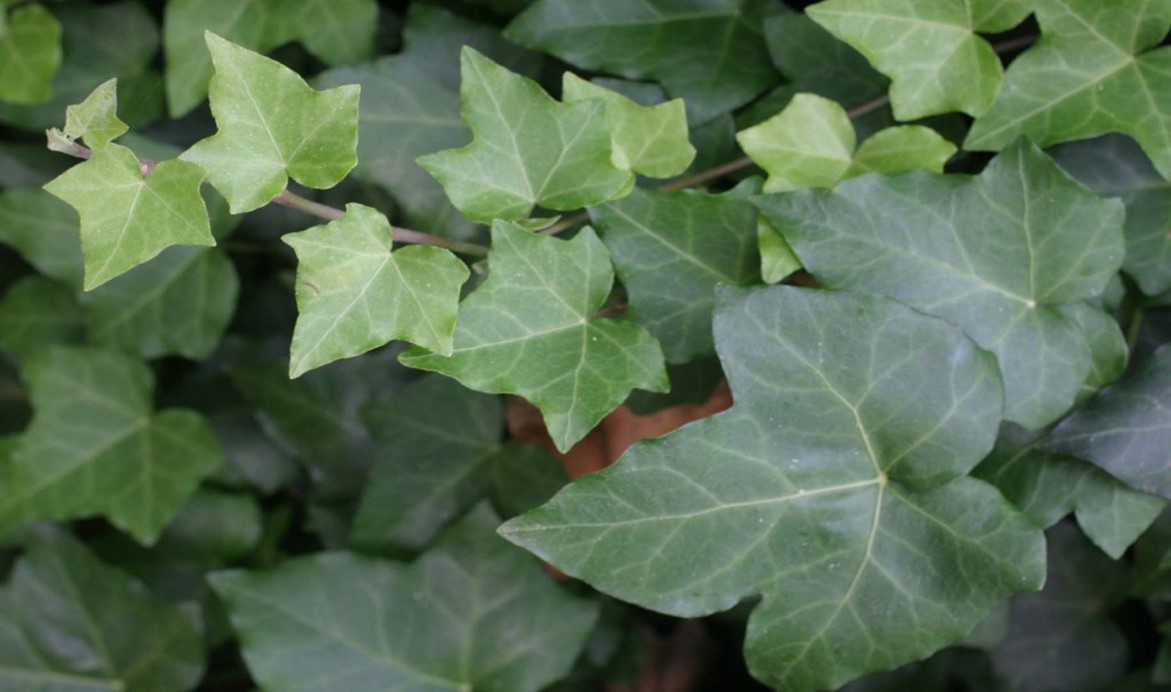
Also known as European Ivy, this species is a classic choice among outdoor ivy plants.
Thriving in Europe and Western regions, it’s often found growing in wild, uncultivated spaces and is remarkably resilient in various conditions.
English Ivy is more than an ornamental plant; it plays a crucial ecological role by providing nectar for bees and butterflies when other floral sources are scarce.
Its ability to adapt to both sunny and shaded areas makes it a gardener’s favorite and its dense foliage is excellent for creating green walls or ground cover.
2. Gold Child Ivy (Variety of English Ivy)
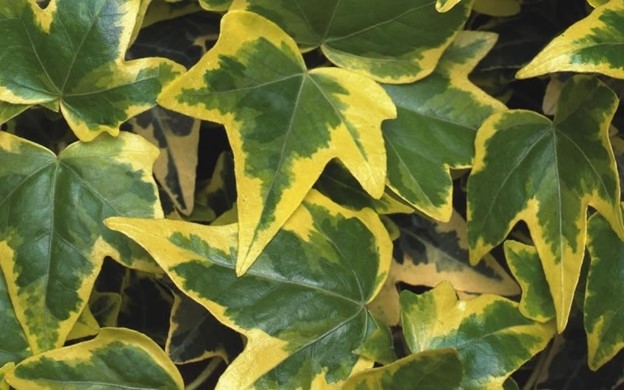
A distinctive variant of English Ivy, Goldchild is celebrated for its variegated heart-shaped leaves with vibrant green centers and bright yellow edges.
Smaller than the typical Hedera helix leaves, it’s particularly well-suited for indoor environments, where its ornamental qualities can be appreciated up close.
The striking contrast in its leaves adds a splash of color to indoor spaces, making it a favorite for hanging baskets or as an elegant addition to living rooms and offices.
3. Ivalace Ivy
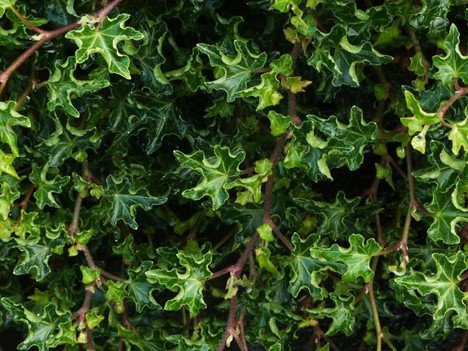
As a unique member of the English Ivy family, Ivalace is notable for its glossy, curly green leaves, giving it a lush, vibrant appearance.
This low-maintenance ivy is an ideal indoor decoration, bringing a touch of nature’s elegance to any space.
Its leaves have a somewhat cupped shape, adding a textured dimension to its foliage.
Ivalace Ivy is perfect for those who want a plant that’s both visually interesting and easy to care for, thriving in various light conditions.
4. Needlepoint Ivy
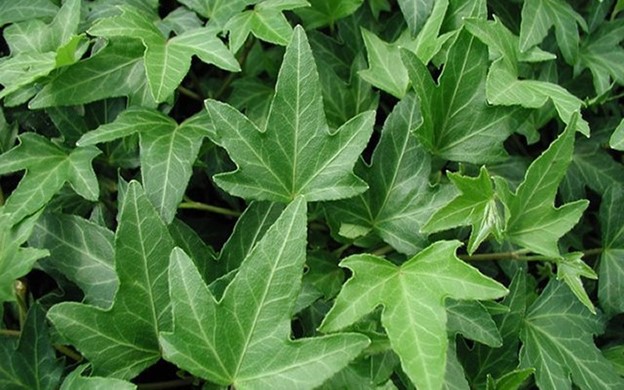
This English Ivy variety is admired for its slender, pointed leaves, which add a delicate and refined touch to any setting.
Needlepoint Ivy is more than just an ornamental outdoor ivy plant; it serves a practical purpose as an effective ground cover, helping to prevent soil erosion in outdoor spaces.
Its dense growth habit ensures it covers ground quickly, making it a valuable ally in stabilizing soil in garden beds or sloped areas.
5. Algerian Ivy
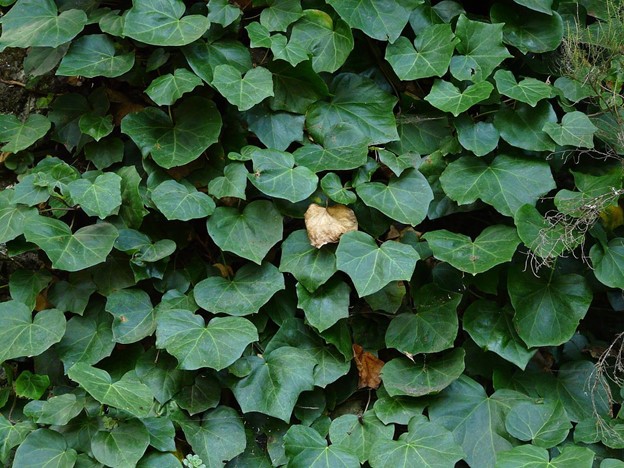
Known for its versatility, Algerian Ivy, or Canary Island Ivy, is an excellent choice for outdoor landscaping.
It thrives in a variety of soil types and is particularly adept at covering large areas where grass might struggle to grow.
Its large, lobed leaves create a lush, dense cover, adding a green, vibrant look to gardens and outdoor spaces.
This ivy is particularly useful in areas prone to drought, as it requires less water than traditional lawn grass.
6. Gloire De Marengo Ivy
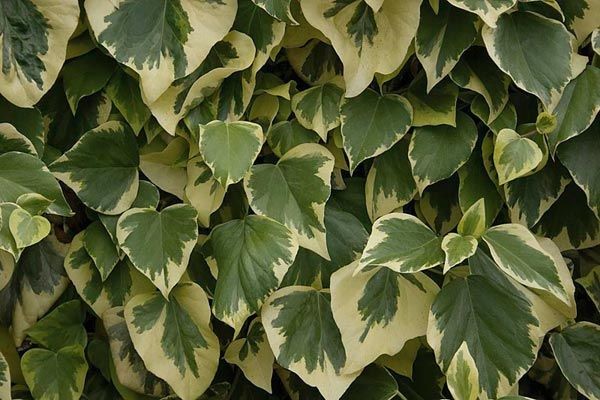
This variegated form of Algerian Ivy is a standout with its large, heart-shaped leaves, which feature a stunning mix of greenish-gray and creamy-white colors.
It’s a popular choice for those who want to add a touch of sophistication to their garden or interior spaces.
The striking variegation of its leaves makes it a focal point in any setting, whether climbing up a wall or spilling out of a hanging basket.
7. Irish Ivy Plant
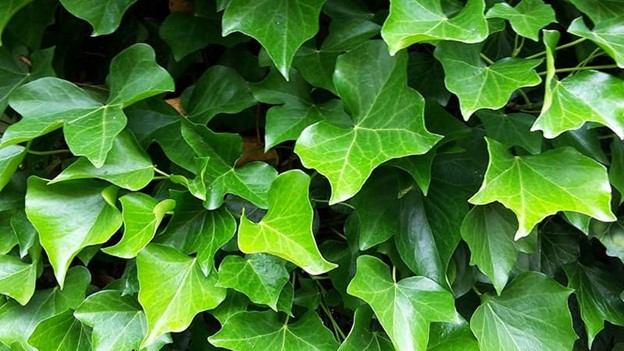
Resembling the English Ivy, the Irish Ivy is known for its vigorous growth and glossy, dark green leaves.
This fast-growing variety is an excellent choice for covering large outdoor areas quickly.
Its dense foliage provides a lush green backdrop in gardens, making it ideal for creating privacy screens or covering unsightly walls.
Irish Ivy is also known for its hardiness and ability to withstand various environmental conditions.
8. Japanese Ivy Vine
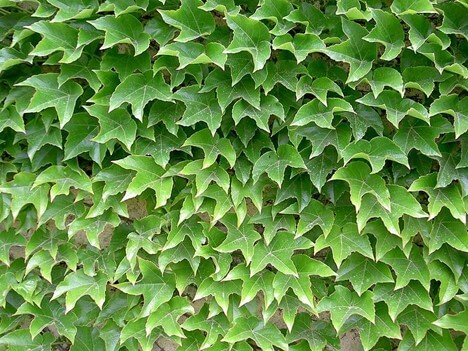
This East Asian native is a splendid addition to any garden, known for its large, heart-shaped leaves and vigorous growth.
It’s primarily cultivated for ornamental purposes, with its leaves creating a stunning display of color, especially in autumn when they turn vibrant shades of red and orange.
This ivy is perfect for covering walls or trellises, adding an exotic touch to outdoor spaces.
9. Himalayan Ivy
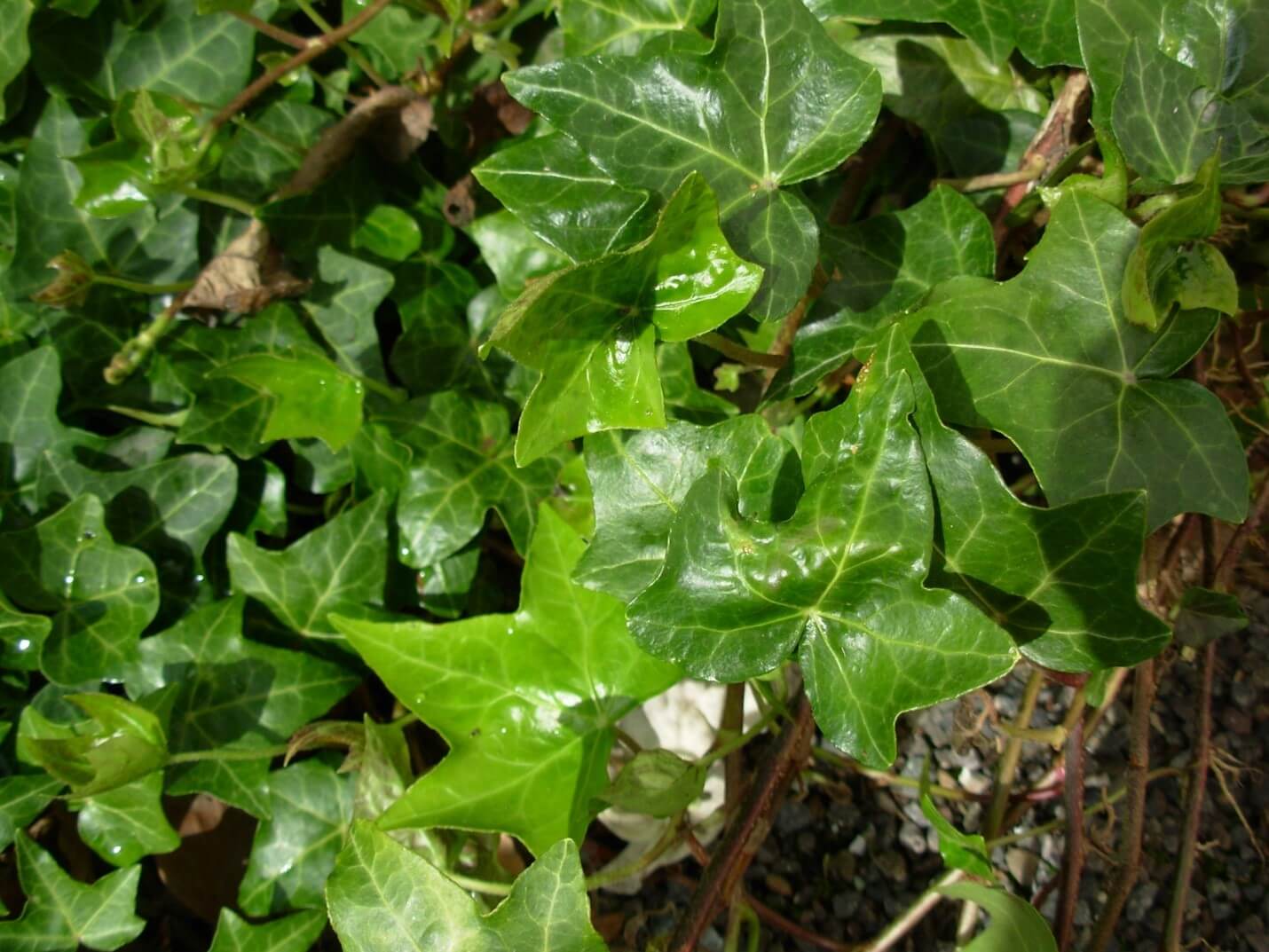
Originating from the mountainous regions of South Asia, Himalayan Ivy is recognized for its elongated, triangular leaves, which provide a unique texture and appearance.
It’s an excellent choice for adding a touch of the exotic to gardens or as a distinctive indoor plant.
This ivy is adaptable to various climates and thrives in both shaded and partially sunny locations, making it a versatile option for gardeners.
10. Persian Ivy
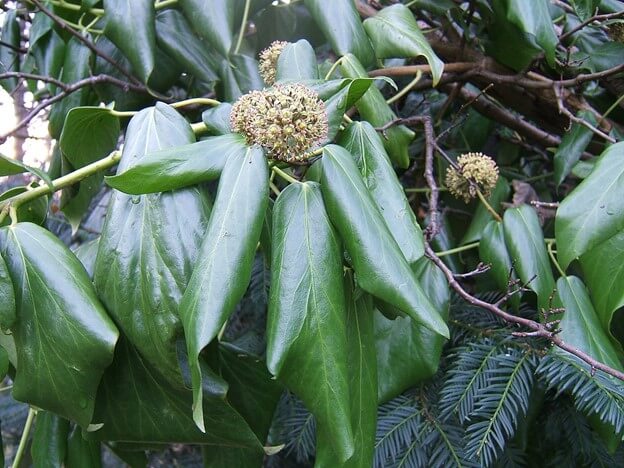
Known for its rapid growth and large, shiny leaves, Persian Ivy is a robust and adaptable plant, suitable for both indoor and outdoor environments.
Its leaves, which can grow quite large, are a deep, glossy green, providing a luxurious and verdant feel to any space.
This ivy is particularly effective for quickly covering walls or fences, and its hardy nature makes it a popular choice in a variety of climates.
11. Sulphur Heart Ivy (Type of Persian Ivy)
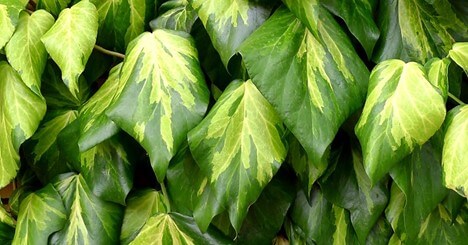
A striking variety of Persian Ivy, the Sulphur Heart is distinguished by its large, variegated leaves of yellow and lime green.
This eye-catching plant is often selected for its decorative qualities, adding a splash of color to both indoor and outdoor settings.
Its unique foliage makes it a focal point in any garden, and it’s particularly striking when allowed to climb over walls or trellises.
12. Canarian Ivy
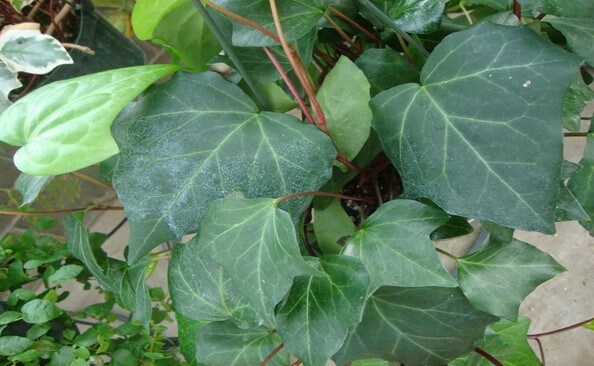
Native to the Canary Islands and North Africa, this climbing ivy is known for its ability to cover large areas with its dense, shiny green foliage.
It’s an ideal choice for creating a lush, tropical feel in gardens.
This ivy is particularly effective in providing ground cover in difficult-to-grow areas and is a great alternative to traditional lawns in shady spots.
13. Russian ivy
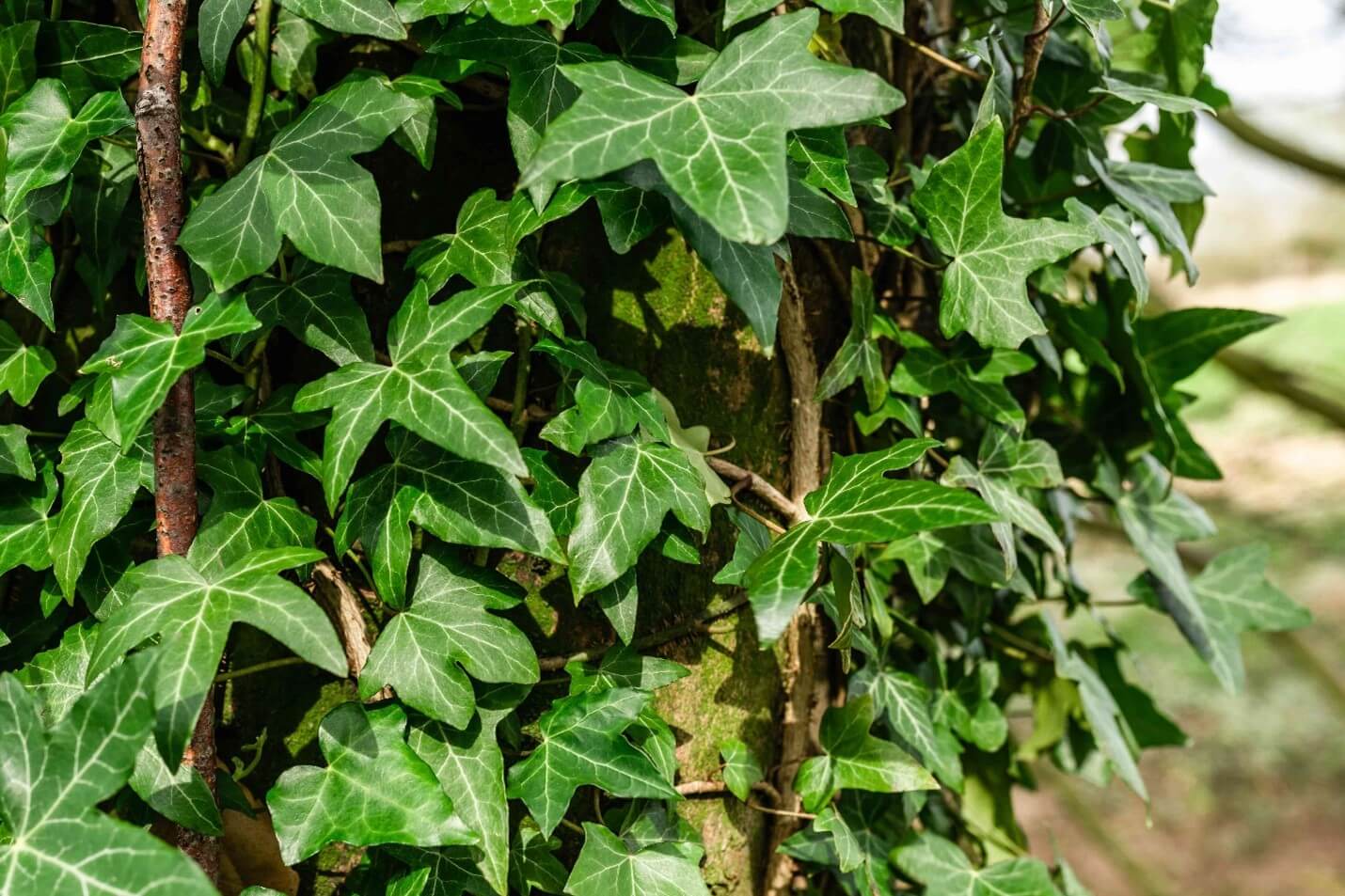
With its light green, thin leaves, Russian Ivy is a preferred choice for ground cover in outdoor settings.
Its ability to spread quickly and provide dense coverage makes it ideal for covering large areas.
This ivy variety is low-maintenance, thriving in various conditions and requiring minimal care, making it a practical choice for gardeners.
14. Boston Ivy
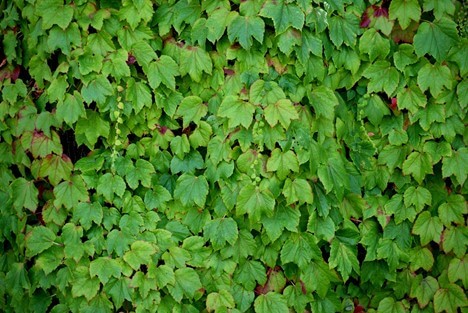
While not a true member of the ivy family, Boston Ivy is included due to its impressive climbing abilities.
Its large leaves, which turn brilliant shades of red and orange in the fall, provide dense coverage and are perfect for creating a dramatic effect on walls, fences, or trellises.
15. Swedish Ivy
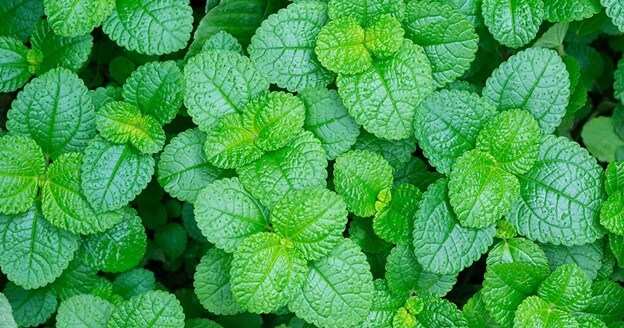
A misnomer, Swedish Ivy is not a true ivy but rather a flowering plant related to sage and mint.
Popular as an indoor plant, it’s known for its attractive foliage and ease of care.
This plant is ideal for adding a touch of greenery to indoor spaces, with its trailing habit making it perfect for hanging baskets or high shelves.
Best Types of Climbing Ivy for Outdoors
We have already gained enough information to know that ivies are also intentionally used in place of the ground grass when it cannot reach its maturing phase.
All outdoor ivies or vines are low-maintenance plants and tolerant of many soil conditions.
So, here are some tips to help you grow healthy ivy plants:
English Ivy: It is excellent for growing in the garden because the climbing vine tends to grow faster and attain the right height, and its large leaves provide excellent coverage. The English ivies can adapt to the less sunlight-prone areas.
Irish Ivy: It almost resembles English ivy but has more lustrous and glossier dark green leaves.
Algerian Ivy: It is a climbing ivy that can tolerate some direct exposure to sunlight and grow well in most soil types.
Most ivy varieties are suitable for ground cover as they spread quickly. However, you need to make sure that they do not become too invasive. You must cut back your ivy every three years to keep it under control and encourage healthy growth.
To prevent climbing ivy vines from becoming too invasive, plant them in containers and place them where you want them to grow. The container pots will contain the roots and prevent them from spreading.
Caring for Ivy Plants
Whether you’re growing indoor ivies or outdoor ivy plants, they generally require minimal care.
They thrive in diffuse light and should be protected from direct sunlight.
Watering should be balanced, ensuring the soil is neither too dry nor waterlogged.
Regularly washing the leaves can enhance their luster and overall health.
When cultivating outdoor ivy plants, consider their invasive nature.
Trim them back every three years to control growth and maintain health.
For climbing ivies, using containers can prevent them from spreading uncontrollably.
In conclusion, ivy plants, with their varied and beautiful foliage, are an excellent choice for both indoor and outdoor environments.
By understanding the specific needs of each type, you can enjoy these versatile plants in your home or garden.

